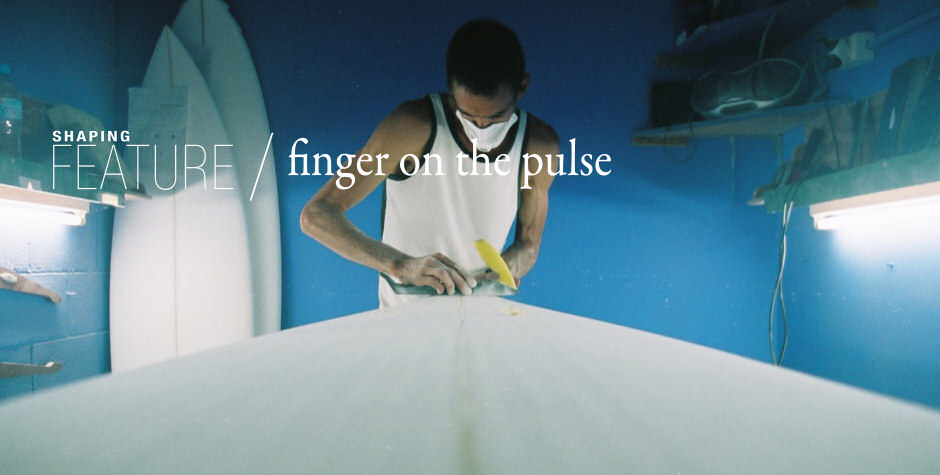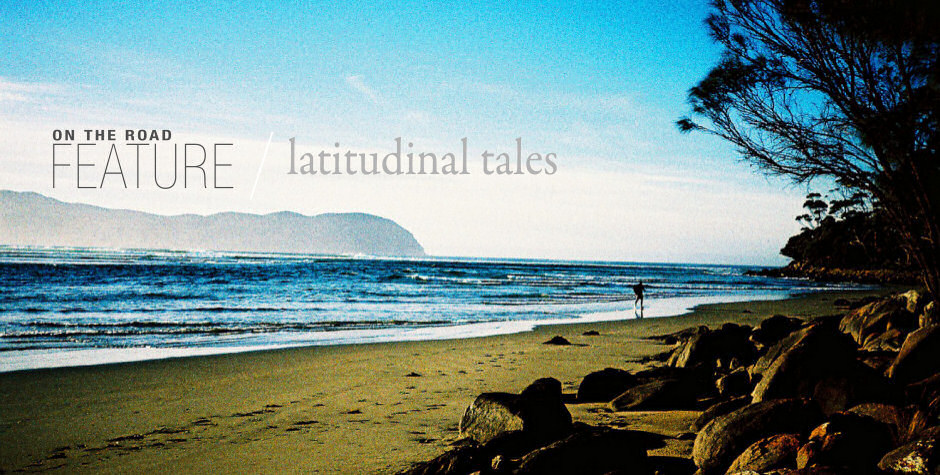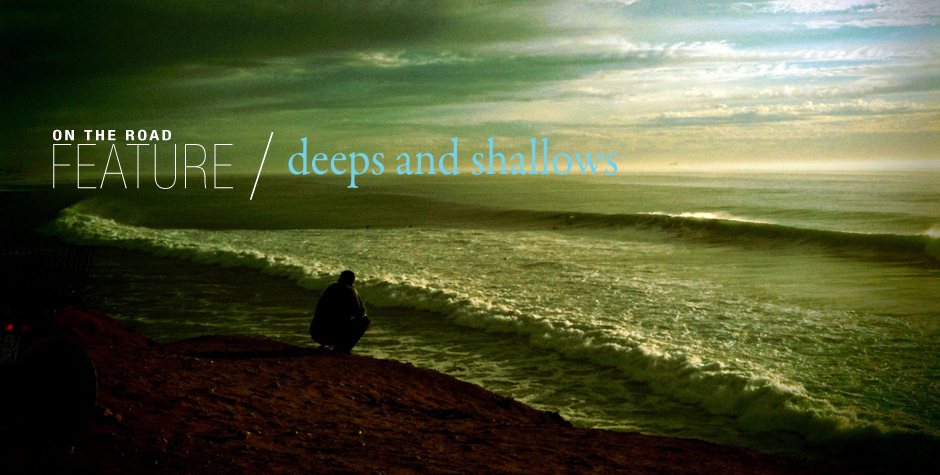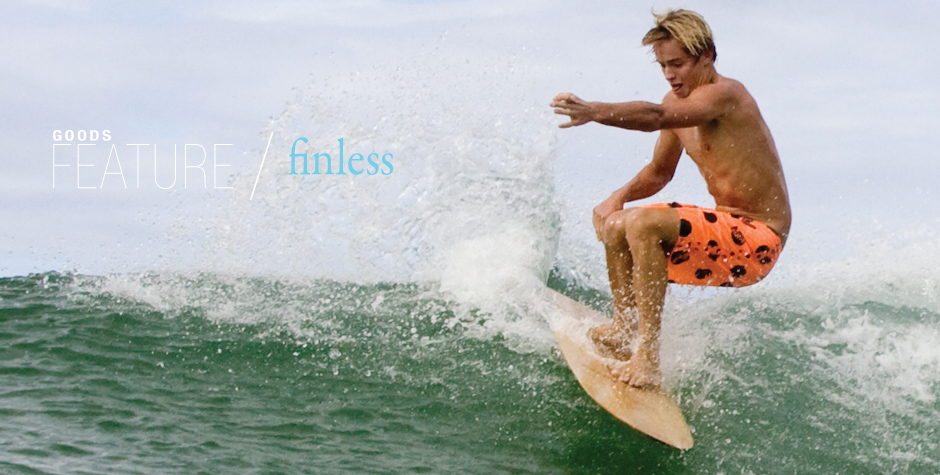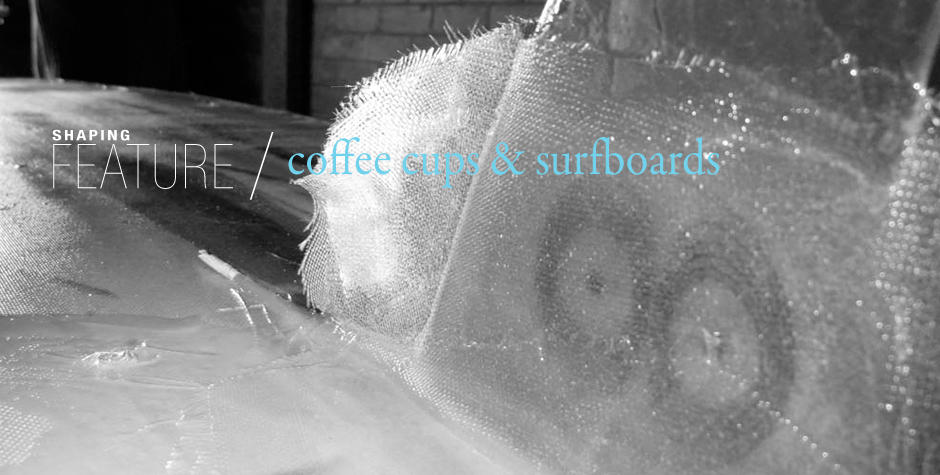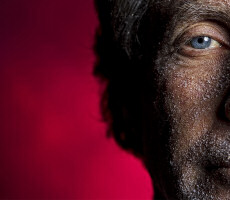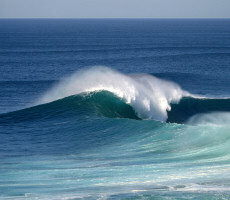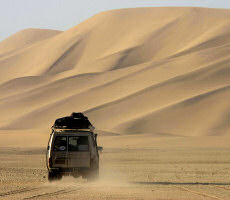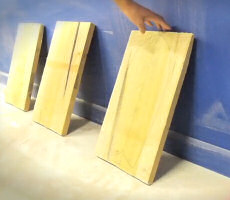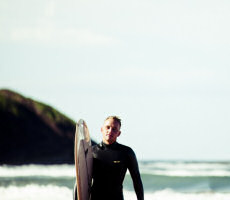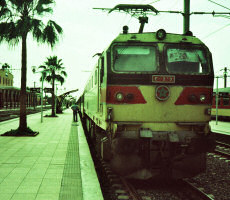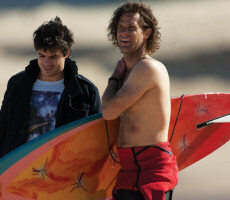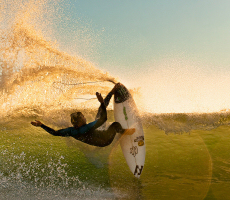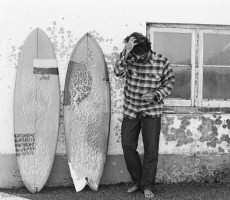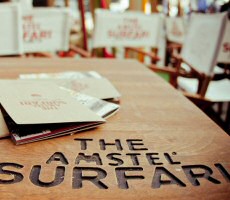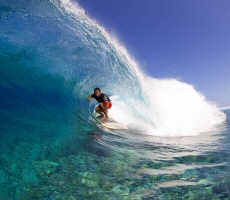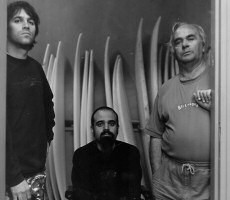Rumbles from the woodshed
 After being inspired by Tom Wegner’s hollow plywood alaia, dubbed the Tuna, Mark Roberts set about creating an alaia with his own unique board building method of wood laminated EPS foam. The plan was to create an alaia that paddled better and was more user friendly in slower breaking waves, which we often have here in the UK. Photos kindly donated by Dave Muir from the Sennen Surfing Centre
After being inspired by Tom Wegner’s hollow plywood alaia, dubbed the Tuna, Mark Roberts set about creating an alaia with his own unique board building method of wood laminated EPS foam. The plan was to create an alaia that paddled better and was more user friendly in slower breaking waves, which we often have here in the UK. Photos kindly donated by Dave Muir from the Sennen Surfing Centre
“The main thing I was trying to get with this alaia was flotation. The thickness is about 1.5 inches, but by extenuating the bottom contours and adding deck camber, I was able to keep the rails nice and thin; similar to a solid wood alaia,” says Mark.

James Parry testing the design
Experienced Alaia rider James Parry tested the board for Mark and provided some really positive feedback, “This Alaia was a pleasure to ride and a great deal of work has gone into this board. It was easy to paddle because of the floatation, which also made getting to your feet a lot easier and I could ride it in larger surf with ease”.
I asked James how the ride compared with a solid wood alaia, “I felt with this construction it sat higher on the wave and that gave it a bit more down the line speed. The straighter rail and deeper concave meant it rode really well on our beach breaks and had plenty of hold. The flex allowed it to fit into the wave nicely and went on a rail easily, so I could turn it like my paulownia boards. This board is a great weapon to have in a quiver and it is a lot easier to ride because of the floatation.”

Increased speed down the line
The Glass Tiger technology and the ancient alaia appear to be the perfect match of old and new.

